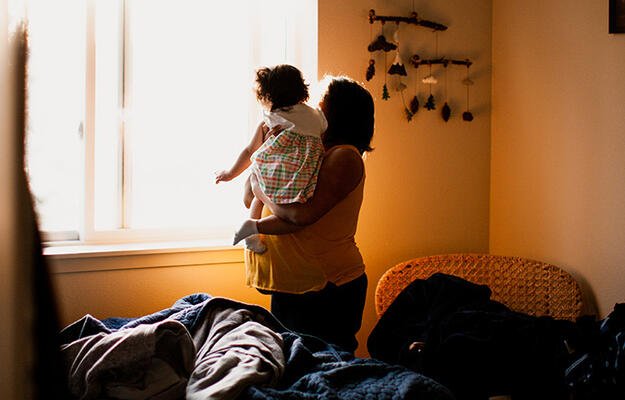
Are Housing Interventions for Youth Aging Out of Child Welfare Enough?
- Title:
- Are Housing Interventions for Youth Aging Out of Child Welfare Enough?
- Author:
-
Lisa Schelbe
- Source:
-
Child and Youth Services Review
- Publication Date:
-
2018
More than 40 percent of youth aging out of the child welfare system experience housing instability in the two years after leaving care. Unlike their peers, youth aging out of child welfare lack a safety net from their parents or other family members. They often face considerable obstacles, including finding employment, taking care of their mental and physical health, building social networks, early parenthood, and substance abuse—all on top of having to secure stable housing. Though housing interventions are designed to provide stability and promote positive outcomes, these hurdles may hinder the effectiveness of such interventions. To better understand how housing helps youth aging out of the child welfare system, this study followed participants in a two-year subsidized housing program specifically for this population.
The study used ethnographic data and field notes to examine 19 predominately African American youth, ages 18 to 22, aging out of the child welfare system in a mid-Atlantic urban county who were part of the A Spot of My Own (ASOMO) subsidized housing program from fall 2010 to spring 2011. ASOMO is a scattered-site housing program funded primarily through the US Department of Homeland Security for youth ages 19 to 24 who have aged out of the child welfare system and are deemed most likely to succeed. Participants must be homeless or at risk of being homeless, be employed and pursuing an education, and be paying 30 percent of their net income toward their apartment and utilities. The findings suggest that a more holistic approach is necessary to address all of the barriers youth aging out face on top of housing instability.
Key findings
- Since ASOMO requires participants to be employed, during bouts of unemployment, the participants tried to hide their lack of income, avoiding service providers and skipping workshops that were designed to improve job readiness.
- ASOMO youth described feeling lonely and disconnected, so they often took in family or friends as roommates, violating the program’s policies. This could lead to being kicked out of the program or facing more financial struggles as they run out of food stamps.
- Part of the screening processes included selecting participants without substance abuse or mental health problems; however, several of the participants experienced mental health issues and did not reach out to staff or get treatment because of the cost. Without treatment, their symptoms worsened, which interfered with their ability to maintain employment.
- Given the $550 that ASOMO authorized participants to spend on a one-bedroom apartment, participants expressed frustration that they often had to live in a poor-quality unit in an unsafe neighborhood.
- At the end of the two years, most youth did not take over their ASOMO apartment. They instead left the program early for their own reasons, were terminated for policy violation, or moved into more affordable two-bedroom apartments with a roommate.
Policy implications
- Programs should assess how participants view their policies to ensure they do not become obstacles to success and safety. Establishing an advisory board to incorporate youth perspectives and allowing them to develop their interpersonal skills could be a solution.
- Youth expressed feeling ill-prepared for life on their own, but a more holistic approach to the transition to adulthood from service providers could include earlier skill development.
- Communities and programs need to address structural barriers including availability of affordable housing with access to employment opportunities, access to reliable public transportation, and a sense of community.
Photo by Sabphoto/Shutterstock


